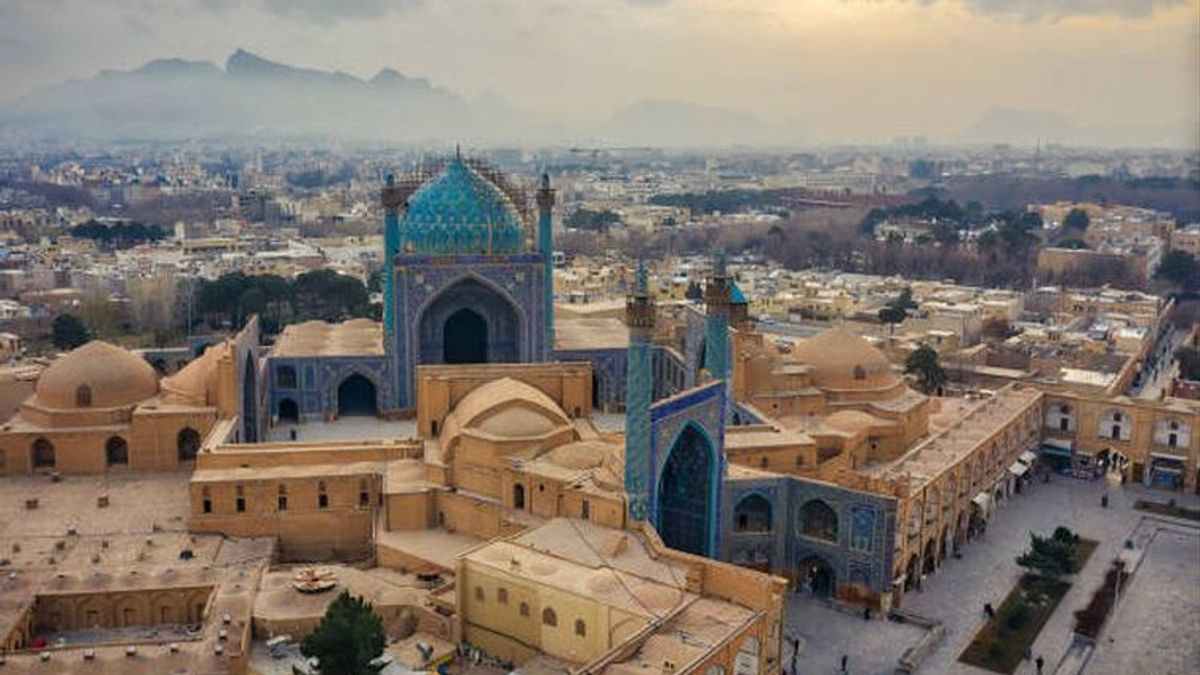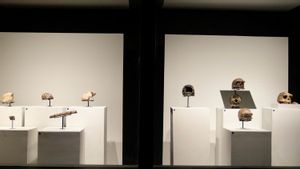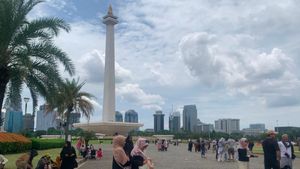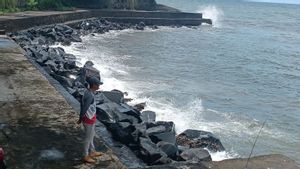YOGYAKARTA - Israel is again acting barbaricly by attacking the City of Isfahan in Iran. The country of zionist sent drone fire at one of the largest cities. This action was carried out in retaliation for Iran's attack on Israel on April 13.
Flashback, Iran attacked Israel not without strong reason. The maneuver launched by Iran in response to the consulate attack of its country in Syria carried out by Israel first. It turned out that the action from Iran was retaliated by the Israeli government.
Isfahan who was targeted by Israel is a well-known city in Iran. About 440 kilometers from Tehran (Iran's capital), the city has the third highest population in the country of up to two million.
Israel's bombardment to the city of Isfahan shocked the world's public. Because this city is known as a metropolitan area and a nuclear city. The privilege of Iran's Isfahan City is also interesting to watch further.
The Isfahan region was first developed under Turkish rule in the 11-12 century and continues under the Persian Safavid dynasty of the 16-18st century. Apart from being an important province in Iran, the city also has traces of important civilizations in the Islamic world.
In this city there is a historical architectural center in Islam. In 1979, Maydan-e Emam in Isfahan was named the UNESCO World Heritage site. The following are various highlights of the City of Isfahan in Iran that are important to know:
The history of the growth of the City of Isfahan can be traced at least from the Achaemenid era (559-330 before Masehi). From a history history that can be investigated, a city called Gabae who occupied the previous location.
But few can be known about the region before the era of the Sasanian dynasty (c. 224 c. 651 AD). In the 5th century, Ratu Shushan-Dukht, Jewish empress Yazdegerd I, lived in a Jewish colony in Yahkyyeh ( literally means a Jewish city') according to Britannica.
After the conquest of Arabia in 642, the region was then known as the E?fah?n or Isfahan area. This city was used as the capital of the province of Al-Jib?l. Then during the time of the Toghr total Beg (curror to Turkey and founder of the Seljuk dynasty) in power, Isfahan was taken over as the capital city of his territory in the mid-11th century.
The city of Isfahan then grew rapidly under the leadership of the founder's grandson of the Seljuk Dynasty. Malik-Shah I succeeded in developing this city both in the area and splendor in it.
When the collapse of the Seljuk Dynasty (c. 1200), the development of Isfahan also faded. Until finally this city returned to glory in the period?afavid the Persian dynasty (1501 1736). The golden age of Isfahan City began in 1598 when Safavid Abbas I used it as the capital. His government rebuilds Isfahan to become one of the largest and most beautiful cities of the 17th century.
Safavid Abbas I founded Maydan-e Shah, a very large courtyard in the city. The Emam Mosque was also built at the southern end of the courtyard, which is now a very well-known building.
In 1722, Ghilzai Afgan conquered the Persian army several miles east of Isfahan. They then seized the city and after that incident Isfahan never fully rose.
Years later, most of the Isfahan region was only left in the rubble. In addition, the population in this city also shrank compared to before. The recovery period only started in the era of Reza Shah Pahlavi's government (192541). At that time, industrial areas were built and many historical buildings were restored.
SEE ALSO:
The appeal of Isfahan City is inseparable from the tourist attractions that are there. If you visit this city, you can visit a number of tourist destinations that offer the beauty and values of history and culture.
The following are a number of interesting tourist attractions in Isfahan City to visit:
Cultural heritage and historical value are stored making this city an attractive tourist destination for foreign tourists. The city of Isfahan is also known as a handicraft producer, such as silver, yellowing, wood, copper, and pottery crafts.
This is the privilege of Iran's Isfahan City as one of the most famous regions in the country. In addition to having a strong historical heritage and cultural nuances, Isfahan is now also a metropolitan city and a nuclear center. Also read Israel's indifferent suggestions for America not to counterattack Iran.
Stay up to date with the latest domestic and other overseas news on VOI. We present the latest and updated information nationally and internationally.
The English, Chinese, Japanese, Arabic, and French versions are automatically generated by the AI. So there may still be inaccuracies in translating, please always see Indonesian as our main language. (system supported by DigitalSiber.id)


















